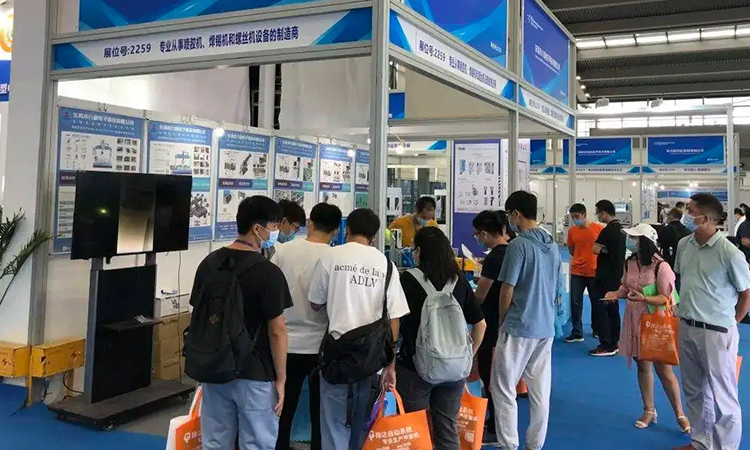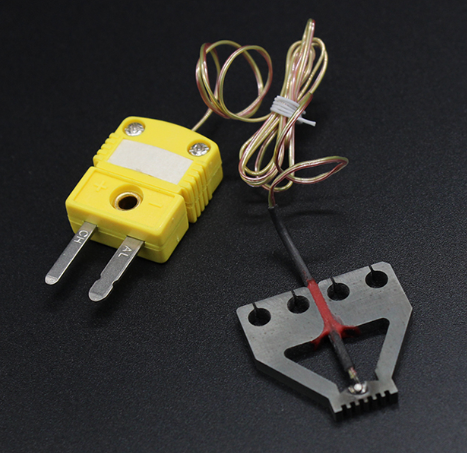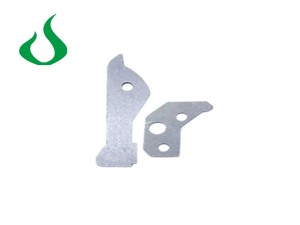MENU

 LNG
LNG
A portion of the weld nugget, plastic ring, and surrounding base metal form a spot welded joint. Under the cyclic conditions of spot welding, the formation process of the joint consists of three consecutive stages: pre pressing, electric heating, and cooling crystallization.
1. The mechanical and electrical process characteristics of the preloading stage are that the pressure is greater than zero and the current is zero. The effect is to remove a portion of the uneven oxide film on the surface of the touch surface under the effect of electrode pressure, forming a physical touch point., This prepares for the smooth flow of welding current and the bonding of surface atoms in the future. The larger the radius R of the spherical electrode tip, the greater the stress area borne by the bonding surface, and the lower the large shear stress in the central area; The smaller the cone angle of the cone electrode, the lower the shear stress at the center of the fitting surface relative to the marginal area, while the stress area it bears remains unchanged. The stress distribution formed by spherical or conical electrodes on the longitudinal section causes the large shear stress at the plate gap to be lower than the adjacent area. From the perspective of welding phenomenon, it has outstanding effects on compressing the plastic ring and avoiding internal splashing. When the thickness of the weldment is large, the material has strong deformation resistance, the welding area is too rigid due to structural limitations, and it is difficult to deform, or the oxide film on the surface of the weldment is too thick and poorly organized, the preload can be increased during the preloading stage or preheated with a small pulse current to ensure that the welding area can be tightly touched.
2. The mechanical and electrical characteristics of the electrification heating stage are that the pressure is greater than zero and the current is greater than zero. The effect is to form a plastic ring and melt nucleus under the effects of thermal and mechanical forces, and grow with the electrification heating process until the required melt nucleus size is obtained. The electrification heating stage includes two processes: during a period of time at the beginning of electrification, the touch points expand, and the solid metal expands due to heating. Under the welding pressure effect, the metal undergoes plastic deformation and squeezes towards the plate seam. This plastic deformation contributes to the formation of a sealing ring for the molten core, while also causing warping of the plate seam, thereby constraining the expansion of the conductive path and maintaining sufficient current density; After further heating, liquid nuclei begin to appear and gradually expand to the required central scale, cutting off the current to stop heating, and the nuclei will enter the cooling and crystallization stage.
3. The mechanical and electrical characteristics of the cooling crystallization stage are that the pressure is greater than zero and the current is zero. The effect is to cool the liquid melt nucleus under pressure.


